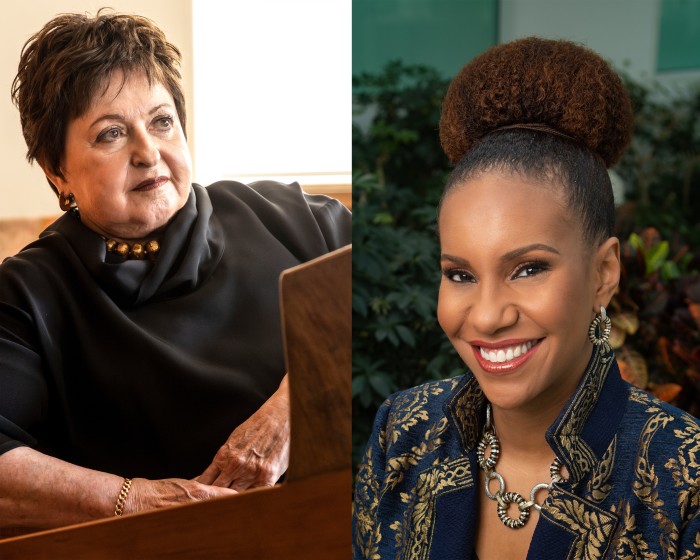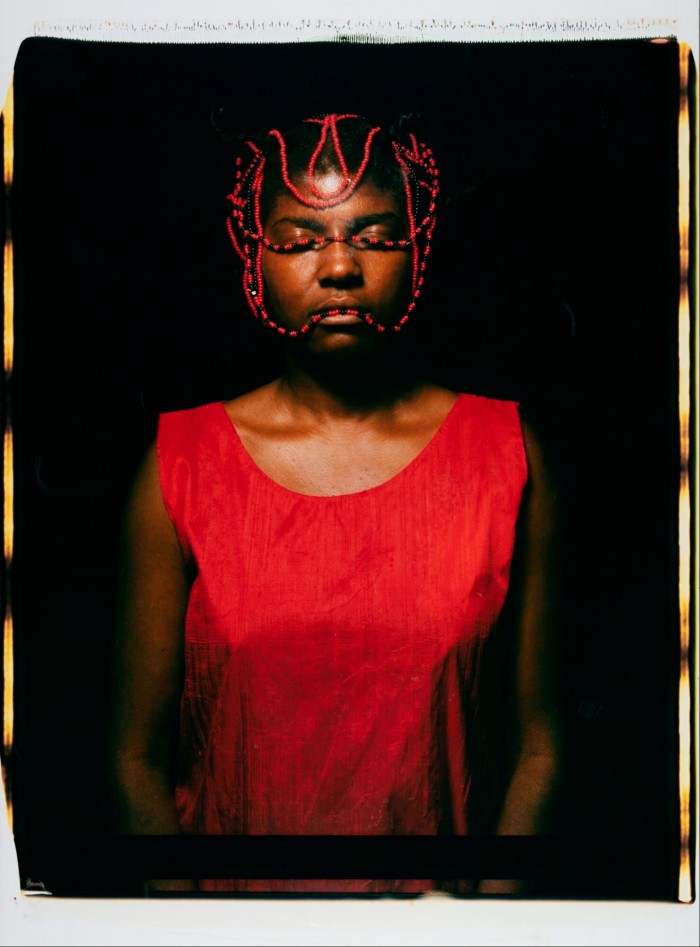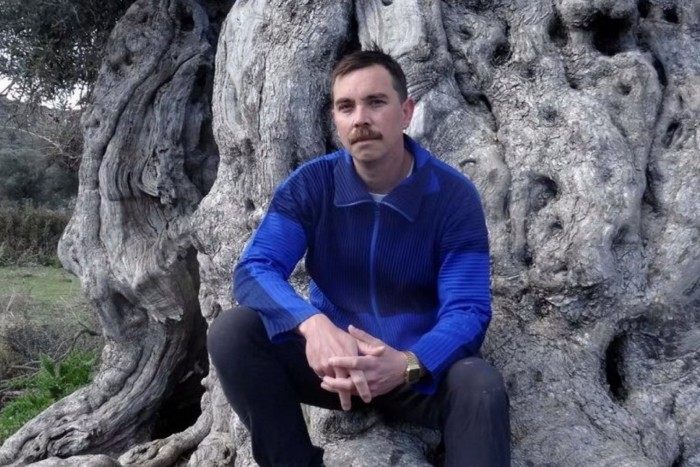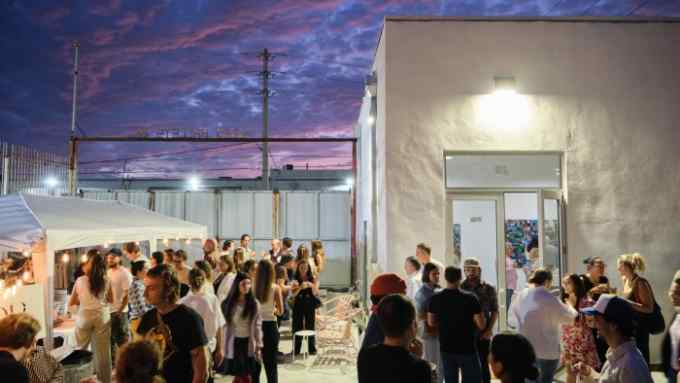From the art market to creative fungi: panels at Art Basel Miami Beach

Roula Khalaf, Editor of the FT, selects her favourite stories in this weekly newsletter.
During Art Basel Miami Beach, the city is transformed into a hotbed for art deals and debates. Art Basel’s Conversations programme this year brings together 30 cultural experts to discuss topics from international art markets to creative fungi that shed light on local art scenes as well as some of the pressing questions facing the industry.
This year the programme has a special emphasis on Latin America. A talk from artist and teacher María Magdalena Campos-Pons, whose spiritual multimedia works draw on her Afro-Cuban roots, traces her 40-year trajectory from the Cuban countryside to her current retrospective at the Brooklyn Museum in New York.

In Collecting in Brazil, a panel of collectors and gallerists look at the continent’s largest art market in light of the government’s new commitment to the arts, following last year’s election of President Luiz Inácio Lula da Silva. “The change of government seems to be giving Brazilian art a renewed momentum,” says panellist Luisa Strina, founder of Galeria Luisa Strina in São Paulo, who sees this as an exciting time for the country’s art market as it has “still plenty of room for growth”.
The programme also looks closer to home. Figures representing Florida’s dynamic non-profit art spaces, such as Bakehouse Art Complex and the Atlantic Center for the Arts, come together to discuss the importance of artist residencies in fostering local talent. The state’s ecosystem is also the subject of From Supercontinents to Florida, which explores artistic responses to this unique ecology, climate change and the impact of technology.

Science also goes under the microscope in Biohacking Creativity as artists Xin Liu, Eduardo Kac and James Bridle consider the implications of artworks that use non-human species such as bacteria, fungi and viruses as collaborative agents. Found in Translation, meanwhile, looks at whether we can use different forms of knowledge and language, such as pre-Hispanic dances, to reconstruct lost histories.
Finally, Renewing the Institution brings together experts from newly opened or redesigned US art museums to share how they are finding innovative ways to engage with audiences and create institutions for current times.
“Public education is a museum’s superpower, we are one of the last places on earth where you can learn in public and not be judged,” says speaker Tonya M Matthews, president of the International African American Museum in Charleston, which opened in June after two decades of planning. “We must grow in our ways of thinking, reckoning and reconciling our past and our present as we expand into our future. That’s why museums must fill in the gaps that expand the narrative.”
The Conversations programme runs December 7-9, artbasel.com

Comments